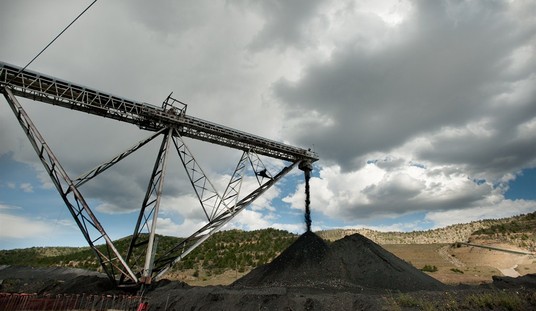In recent years, archaeologists have claimed to have found the ancient cities of Sodom and Gomorrah. These findings either didn’t pan out, or proved to be inaccurate.
But now, after 10 years of excavations and study, one archaeologist believes he can say with some confidence that he has found the ancient city-state of Sodom.
Now having completed the tenth season of excavations, an archaeological team headed by Steven Collins of Trinity Southwest University, New Mexico, has unearthed a goldmine of ancient monumental structures and artifacts that are revealing a massive Bronze Age city-state that dominated the region of Jordan’s southern Jordan Valley, even during a time when many other great cities of the “Holy Land” region were either abandoned or in serious decline.
Known as Tall el-Hammam, Collins has been leading excavations at the imposing mound, or tel, since 2005.
“Very, very little was known about the Bronze Age in the Middle Ghor (southern Jordan Valley) before we began our excavations in 2005,” says Collins. “Even most of the archaeological maps of the area were blank, or mostly so. What we’ve got on our hands is a major city-state that was, for all practical purposes, unknown to scholars before we started our Project.”
Indeed, according to Collins, when comparing it with the remains of other nearby ancient cities, along with its prime location and dates of occupation, it emerges today as the best candidate for the lost city of Sodom—the infamous city that, based on the Biblical account, was destroyed by God in a fiery cataclysm because of its iniquity.
“Tall el-Hammam seemed to match every Sodom criterion demanded by the text,” he says. “Theorizing, on the basis of the Sodom texts, that Sodom was the largest of the Kikkar (the Jordan ‘Disk’, or ‘well-watered plain’ in the biblical text) cities east of the Jordan, I concluded that if one wanted to find Sodom, then one should look for the largest city on the eastern Kikkar that existed during the Middle Bronze Age, the time of Abraham and Lot. When we explored the area, the choice of Tall el-Hammam as the site of Sodom was virtually a no-brainer since it was at least five to ten times larger than all the other Bronze Age sites in the entire region, even beyond the Kikkar of the Jordan.”
All major Abrahamic religions mention Sodom in their holy books. But whether the city was actually known as Sodom at the time is unclear. The anecdotal evidence is strong that a very large city-state was destroyed very suddenly somewhere near the first millennium BC. Perhaps if this find proves out to be Sodom, they can decipher what caused its destruction.
What’s truly sad is the difficulty archaeologists have in getting permits to dig in many parts of the Muslim Middle East. The Muslims are terrified that proof will be unearthed that shows the Hebrews had any claim at all to the land of Israel, and sites along the Jordan River especially are usually made unavailable to scientists.
It is especially knotty in Jerusalem because so many places in that ancient city are off-limits to archaeologists that could shed light on Old and New Testament texts. Still, great and significant finds are being made that strengthen the belief of the faithful in the Bible’s truths.










Join the conversation as a VIP Member